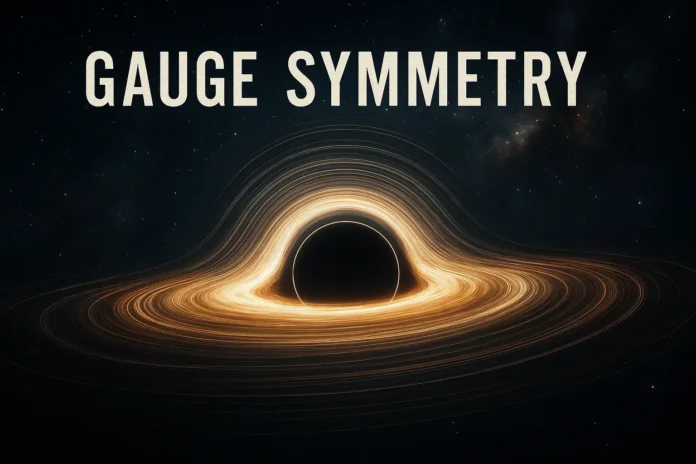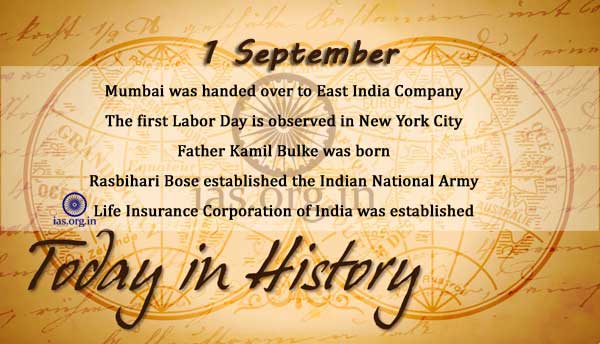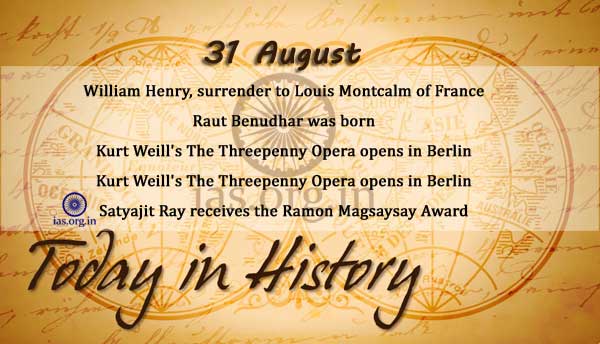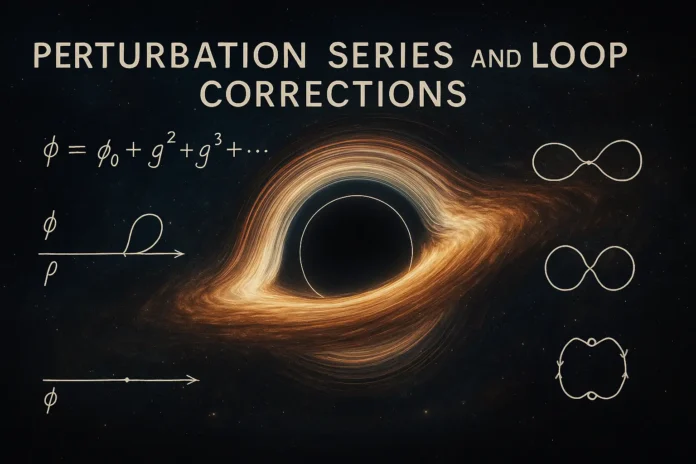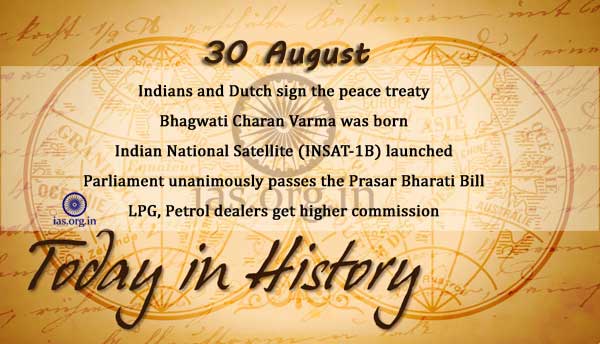Table of Contents
- Introduction
- Historical Context
- Symmetry in Physics
- Global vs Local Symmetries
- Gauge Symmetry: Core Idea
- Electromagnetism as a Gauge Theory
- Gauge Fields and Covariant Derivative
- U(1) Gauge Symmetry and Quantum Electrodynamics (QED)
- Non-Abelian Gauge Symmetries
- Yang-Mills Theory
- SU(2) and SU(3) Gauge Groups
- Lagrangian for Gauge Theories
- Gauge Bosons and Interactions
- Gauge Fixing and Redundancy
- BRST Symmetry
- Gauge Invariance and Conserved Currents
- Spontaneous Symmetry Breaking and the Higgs Mechanism
- Anomalies and Consistency
- Gauge Symmetry in the Standard Model
- Conclusion
1. Introduction
Gauge symmetry is one of the most profound principles in modern theoretical physics. It underlies all known fundamental interactions and is the foundation of the Standard Model of particle physics. It states that certain transformations of fields leave the physical content of the theory unchanged.
2. Historical Context
The concept of gauge invariance originated in the early 20th century:
- Hermann Weyl (1929): linked electromagnetism with a local phase symmetry.
- Quantum electrodynamics (QED) formalized U(1) gauge invariance.
- Yang and Mills (1954): proposed non-Abelian gauge symmetries (SU(2), SU(3)).
3. Symmetry in Physics
Symmetry refers to invariance under transformations:
- Spatial translation → momentum conservation
- Rotation → angular momentum conservation
- Gauge symmetry → charge and current conservation
4. Global vs Local Symmetries
- Global symmetry: transformation parameter is constant over spacetime.
- Local symmetry: transformation parameter depends on position and time.
Local symmetries require introducing gauge fields to preserve invariance.
5. Gauge Symmetry: Core Idea
A theory is gauge invariant if its physics is unchanged under local transformations:
\[
\psi(x) \rightarrow e^{i\alpha(x)} \psi(x)
\]
This symmetry requires modifying the derivative to a covariant derivative to ensure the Lagrangian remains invariant.
6. Electromagnetism as a Gauge Theory
Electromagnetic interactions arise from U(1) gauge symmetry. Starting from the free Dirac Lagrangian:
\[
\mathcal{L} = \bar{\psi}(i\gamma^\mu \partial_\mu – m)\psi
\]
Imposing local U(1) invariance leads to:
\[
D_\mu = \partial_\mu + ieA_\mu
\]
And introduces the interaction term:
\[
-e\bar{\psi}\gamma^\mu \psi A_\mu
\]
7. Gauge Fields and Covariant Derivative
The covariant derivative ensures the Lagrangian transforms covariantly:
\[
D_\mu = \partial_\mu + igA_\mu^a T^a
\]
Where:
- \( A_\mu^a \): gauge fields
- \( T^a \): generators of the symmetry group
8. U(1) Gauge Symmetry and Quantum Electrodynamics (QED)
QED is a U(1) gauge theory with:
- Gauge boson: photon
- Conserved quantity: electric charge
- Linear field strength tensor:
\[
F_{\mu\nu} = \partial_\mu A_\nu – \partial_\nu A_\mu
\]
9. Non-Abelian Gauge Symmetries
In non-Abelian theories (e.g., SU(2), SU(3)):
- Gauge fields do not commute
- Field strength tensor includes self-interactions:
\[
F_{\mu\nu}^a = \partial_\mu A_\nu^a – \partial_\nu A_\mu^a + gf^{abc}A_\mu^b A_\nu^c
\]
Where \( f^{abc} \) are the structure constants of the group.
10. Yang-Mills Theory
Generalization of Maxwell’s theory to non-Abelian groups:
\[
\mathcal{L}{YM} = -\frac{1}{4}F{\mu\nu}^a F^{\mu\nu a}
\]
The basis for strong and weak nuclear forces.
11. SU(2) and SU(3) Gauge Groups
- SU(2): Weak interaction; three gauge bosons \( W^+, W^-, Z \)
- SU(3): Strong interaction (QCD); eight gluons
Each group is characterized by:
- Number of generators
- Structure constants
- Lie algebra
12. Lagrangian for Gauge Theories
The general gauge-invariant Lagrangian includes:
- Matter fields with covariant derivatives
- Gauge field kinetic term
- Possible interaction and symmetry breaking terms
13. Gauge Bosons and Interactions
Gauge bosons mediate fundamental forces:
- Photon (\( \gamma \)) in QED
- Gluons (\( g \)) in QCD
- \( W^\pm \), \( Z \) in electroweak theory
Gauge interactions are dictated by the symmetry group.
14. Gauge Fixing and Redundancy
Gauge symmetry introduces redundant degrees of freedom. Gauge fixing is required for:
- Quantization
- Defining propagators
- Avoiding overcounting in path integrals
Examples: Lorenz gauge, Coulomb gauge, Feynman gauge.
15. BRST Symmetry
Becchi-Rouet-Stora-Tyutin (BRST) symmetry is a global fermionic symmetry introduced after gauge fixing. It ensures consistency of the quantized gauge theory and is used in renormalization.
16. Gauge Invariance and Conserved Currents
Noether’s theorem guarantees conserved currents:
- U(1) → electric current
- SU(2) → weak isospin current
- SU(3) → color current
These currents are the source of gauge field interactions.
17. Spontaneous Symmetry Breaking and the Higgs Mechanism
Gauge symmetries can be spontaneously broken:
- The Higgs field acquires a vacuum expectation value
- Gauge bosons acquire mass (e.g., \( W \), \( Z \))
- Photon remains massless
Essential for electroweak unification.
18. Anomalies and Consistency
Gauge theories must be anomaly-free:
- Anomalies break gauge invariance at the quantum level
- Standard Model anomaly cancellation ensures consistency
19. Gauge Symmetry in the Standard Model
The Standard Model is built from:
- U(1) for electromagnetism
- SU(2) for weak interaction
- SU(3) for strong interaction
Its Lagrangian is fully gauge-invariant under:
\[
SU(3)_C \times SU(2)_L \times U(1)_Y
\]
20. Conclusion
Gauge symmetry is a unifying principle that governs all fundamental interactions. From electromagnetism to the electroweak and strong forces, gauge invariance dictates the form of interactions and ensures the consistency of quantum field theories. Mastery of gauge symmetry is essential for understanding the deep structure of nature as revealed by the Standard Model and beyond.


